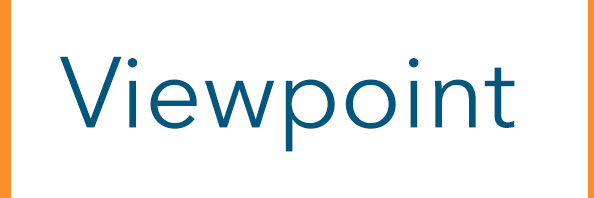In the realm of higher education, the process of accreditation holds significant weight. It serves as both a validation of institutional quality, an impetus for continuous improvement, and a gatekeeper for financial aid and credit transfer.

Yet, all too often, colleges approach reaffirmation of their accreditation with a mindset fixated solely on meeting requirements rather than leveraging the process as a catalyst for innovation and equity. This shortsighted approach not only hampers the potential for growth but also perpetuates disparities within underserved communities.
The crux of the matter lies in a fundamental shift of perspective. Rather than viewing reaffirmation as a bureaucratic hurdle, institutions and their leadership should embrace it as an opportunity for effectiveness, improvement and transformation. Central to this paradigm shift is the recognition that the populations served by these institutions must be prioritized above all else, which represents a further focus on mission-reflective accreditation.
Additionally, data around student success and student intent are critical, and an understanding of this data must permeate the institution at all levels.
Digging deeper into data
Traditionally, data analysis in higher education has focused on job-market trends and skills needed to shape program development. While this approach is valuable, it often neglects to consider the accessibility of these opportunities to marginalized communities. The accreditation process provides a platform to rectify this oversight.
By scrutinizing programs for their impact on underserved populations through the lens of institutional mission, colleges and universities alike can tailor offerings to create pathways that lead to meaningful employment and economic mobility.
One of the key mechanisms for driving innovation through accreditation is the rigorous examination of program effectiveness across the entire institution. This entails more than just assessing course completion, enrollments, graduation rates and job placements. Institutions must delve deeper, disaggregating data by protected classes, such as age, race, Pell eligibility or income level, and preparedness to ensure equitable outcomes and student success.
Moreover, post-graduation tracking offers invaluable insights into the long-term success of students, enabling colleges to refine their approaches and interventions.
Agents of change
To truly harness the power of accreditation for transformative change, institutions must adopt a proactive stance toward innovation. College committees — comprising internal and external experts from diverse backgrounds — can and should play a pivotal role in collecting and analyzing data that goes beyond mere numbers, providing contextual understanding of the challenges faced by underserved communities.
Similarly, curriculum committees should continuously evaluate the relevance and efficacy of existing programs in driving innovation within the workforce.
Crucially, the potential for accreditation to drive equity extends beyond the confines of the campus. By strategically aligning educational initiatives with broader societal needs, colleges can become agents of change in distressed communities. By prioritizing innovation and equity in accreditation processes, institutions could break the cycle of poverty and empower individuals to build generational wealth.
A commitment throughout
However, realizing this vision requires a fundamental shift in institutional culture. Rather than treating reaffirmation as a bureaucratic exercise, colleges must approach it with intent and purpose — and a recursive focus on their mission. This means eschewing last-minute preparations in favor of sustained efforts to drive meaningful change.
This shift also means that the leadership of the institution — from the governing body of the institution, to the president — must engage in the accreditation processes and recognize the unharnessed opportunity that reaffirmation and accrediting processes represents for their institutions. By embracing innovation as a core tenet of accreditation, institutions can pave the way for a more equitable and inclusive higher education landscape.
Accreditation holds immense potential as a driver of innovation and equity in higher education. By reframing the reaffirmation process as an opportunity for transformative change, institutions can leverage accreditation to uplift underserved communities and foster long-lasting societal impact.
Only through a concerted effort to prioritize innovation and equity can colleges truly fulfill their mandate to serve all students, regardless of background or circumstance.
* * *
Dr. Jo Alice Blondin is president of Clark State College in Springfield, Ohio. She also serves as board chair of the Higher Learning Commission, which accredits degree-granting postsecondary educational institutions in the U.S.
Dr. Merrill L. Irving, Jr., is a senior executive of advisory services at Ferrilli, a higher education consulting firm.





